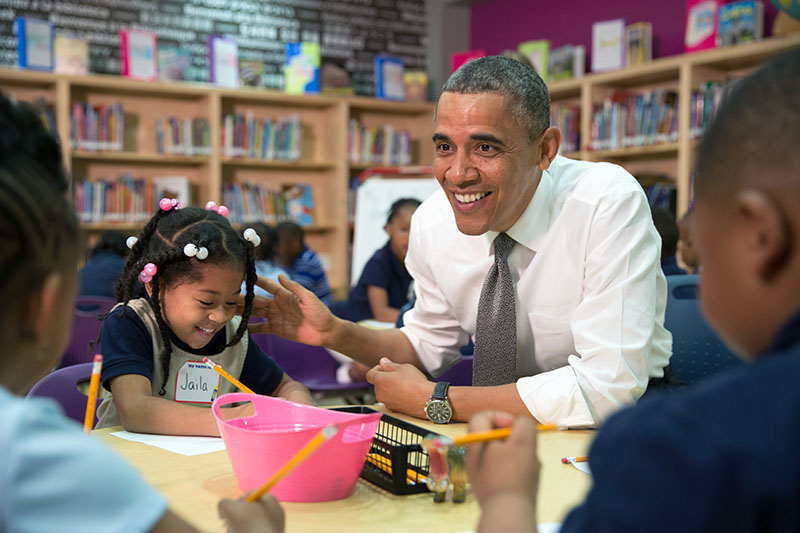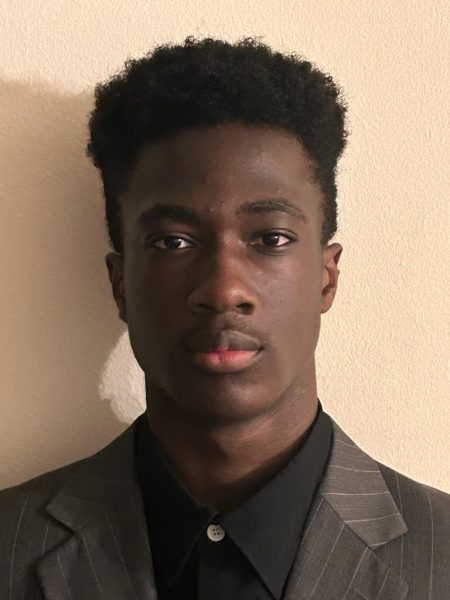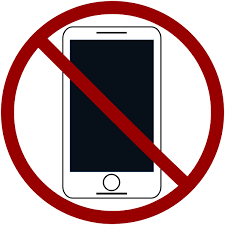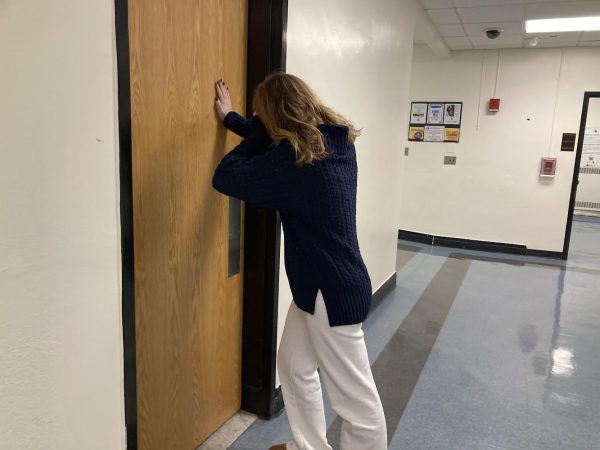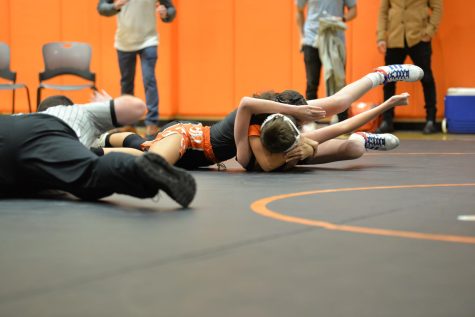Why Our Education System Needs to Be More like Finland’s
President Barack Obama participates in a literacy lesson with children while visiting a pre-kindergarten classroom at Moravia Elementary School in Baltimore, Md., May 17, 2013. (Official White House Photo by Pete Souza)
May 29, 2019
Finland’s education system ranks number one in the world, while the United States is number 14 according to World Top 20 Project. Here are some of the differences between Finland and the United States’ education systems.
No Homework
Finland education’s motto may as well be “let kids be kids.” They see homework as a failure of the school system to complete work during their allotted time. They see childhood as a time to be less stressed. This allows students to be more social after school while keeping students accountable during the school day.
No Private Schools
If rich kids are forced to go to school with everyone else, their parents’ taxes are being pumped into public schools. Parents do as much as they can to make sure their public schools are incredible.
No Standardized Testing
That’s right College Board! Schools can be successful without standardized tests. This incentivizes kids to work together instead of competing with each other. Schools aren’t pitted against each other, meaning that communities can more easily trust their district schools. Every school is great. There is no need for one to be the best.
No Multiple-Choice Tests
Because there are no multiple-choice tests, there is no chance that scores will be inflated by correct guesses. Students are actually forced to know the answer to every question presented to them. Not only do they not have multiple choice tests, but they also have less testing overall. They spend more time in the classroom learning material in-depth instead of trying to memorize every little detail.
School Starts Later
Research has proven that adolescents need more sleep in the morning. More sleep improves student performance. A 2017 study published in Sleep Health found that with a school start time of 8:30 a.m. or later, teens are more likely to get eight hours of sleep a night.
Four-Hour Days
Finnish schools typically have three to four 75-minute classes a day (four to five hour school days) with several breaks in between. This allows both students and teachers to be well rested and attentive.
Less Compulsory Education
Students in Finland start formal schooling at the age of seven. Kids enter school when they are developmentally ready to learn and focus. They have nine years of required schooling. At 16, students choose from the following three tracks:
They can attend Upper Secondary School. This is a three-year program that prepares students for the Matriculation Test that determines their acceptance into University. About 54 percent of students choose this option. Students can pick the school they would like to attend and apply to get into that institution. This is a mixture of High School and College.
Vocational Education is another popular option in Finland. Finland believes that not everyone has to go to University. People in vocational trades are valued. This three-year program that trains students for various careers and gives them the option to take the Matriculation test to then apply for University. From here, a student can enter the workforce or go to a Poly-technical school to become more specialized in their trade. 45 percent of students choose this track.
About one percent of students choose to enter the workforce upon finishing compulsory education.
Finland shows us that, when it comes to education, less is more. Less time in school, less homework, less compulsory education are some of the many reasons that students in Finland are incredibly successful.



